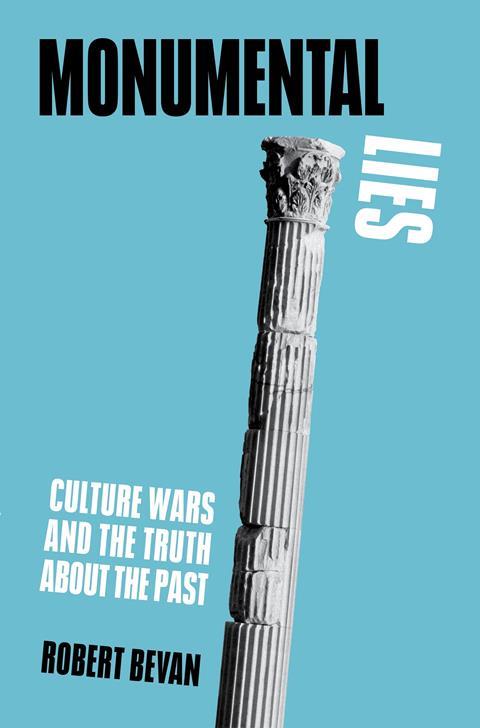Debates around public monuments are a potential minefield. A new book can help us navigate this complex territory, writes Emma Dent Coad

From Hans Sloane in Chelsea to Grenfell Tower in North Kensington, Kensington and Chelsea is littered with statues, monuments, memorials and blue plaques dedicated to the lives of slave-owning philanthropists, warmongers, liberators, educators, writers, actors, and a sprinkling of Caribbean community leaders. We remember our dead too, with ghost bikes where cyclists have lost their lives, and green hearts, paintings and poems adorning the grim grey underside of the Westway, memorializing our Grenfell dead.
Every 31st August, on the anniverary of Princess Diana’s death, Kensington Palace is once again a place of pilgrimage for laying flowers and tributes for yet another victim of societal misunderstanding, disdain and neglect.
We get this.
Monuments, memorials and statues are provocative
In 1990, when researching Spanish Fascist architecture, I visited the Valley of the Fallen outside Madrid, a massive cathedral-like memorial to the fallen victors of the civil war, which had been chipped and carved into a granite mountain by hand. Much of the labour was provided by Republican prisoners of war, hundreds of whom perished during its construction.
As I sat on the steps outside, quite overwhelmed, an elderly Spanish woman sat beside me, sad and reflective. “Que emocionante” I said (which I don’t think needs translation), imagining the abject misery of the starved prisoners of war forced to work on a monument to their oppressors. “Que si, mi Caudillo!” she replied, acknowledging that the remains of General Franco (”el Caudillo” or Leader) had been moved there at the time.
Entirely opposite emotions provoked by an extraordinary monument. Monuments, memorials and statues are provocative.
Bevan’s book is the result of many years’ research and contemplation
Robert Bevan’s book, ‘Monumental Lies’, could hardly be better timed, with so many hotly contested memorials of so many kinds currently under public scrutiny. There is the Holocaust Memorial proposal for Victoria Gardens, once again cancelled due to a combination of public safety concerns, dislike for the design, local claims on the use of the gardens, and preference for siting it elsewhere.
Then we have the spontaneous Covid Wall of Remembrance, that daily reproach across the river aimed at the flawed and uncaring decision-makers at Westminster. A living memorial, sadly expanding, that no one dares to erase but neither do they dare to control. And also the the charred skeleton of Grenfell Tower, which some would have remain as a permanent rebuke, while others who see it daily are exhausted by its painful physical presence, and want it gone.
Bevan’s book is the result of many years’ research and contemplation, and is thorough, extensive and provocative. In nine brilliant and well-informed chapters it covers the reinterpretation of glory-mongering oppressors, the regular attempts to establish classical architecture as “neutral” and “beyond taste” (the constant refrain of despots and Fascists); what is “authentic”; the military; truth; myths; and reinterpretations of now offensive memorials.
Bevan certainly throws up more questions than answers, and quite right too in a time of huge global uncertainty
He tackles the thorny questions around the removal or obliteration of memorials we find offensive, commenting “removal creates an illusion of change, while systemic injuries continue unaltered”.
This isn’t a complaint but the text is so dense and packed with quotes and commentary that it is more of a nine-week course than a book, and I would suggest anyone wishing to dive in to give it the attention it deserves. Bevan certainly throws up more questions than answers, and quite right too in a time of huge global uncertainty, reflection and fear for the future.
If indeed we last more than a decade more without obliterating humankind with nukes or climate apocalypse, we may wish to ponder this from Bevan: “A new cultural turn is needed in architecture and city-making that retains its interest in meaning but not at the expense of objective truth and which re-integrates cultural questions within the socioeconomic.
Destroying our dark past cannot anaesthetize us from its effects
“Yes, we need to better understand the potentially malignant power of architecture and to call out chicanery, but we also need to let go of deterministic architectural myths and find a way out of defeatism to reclaim the optimism of Modernism and the utopian without fetishizing its aesthetic”.
We are living through an era in which some politicians demand respect for statues memorializing slave-owners who sought to “culture-wash” their dark consciences by building galleries, museums and educational establishments. While we wonder if the best defence is to flood our neighbourhoods with memorials to our own heroes, or to find other ways to orchestrate genuine change, we would do well to dive into Monumental Lies: Culture Wars and the Truth about the Past along the way.
Destroying our dark past cannot anaesthetize us from its effects. Finding new ways to understand, explain and rationalize our heritage just might.
Postscript
Monumental Lies: Culture Wars and the Truth about the Past by Robert Bevan is published by Verso

















No comments yet